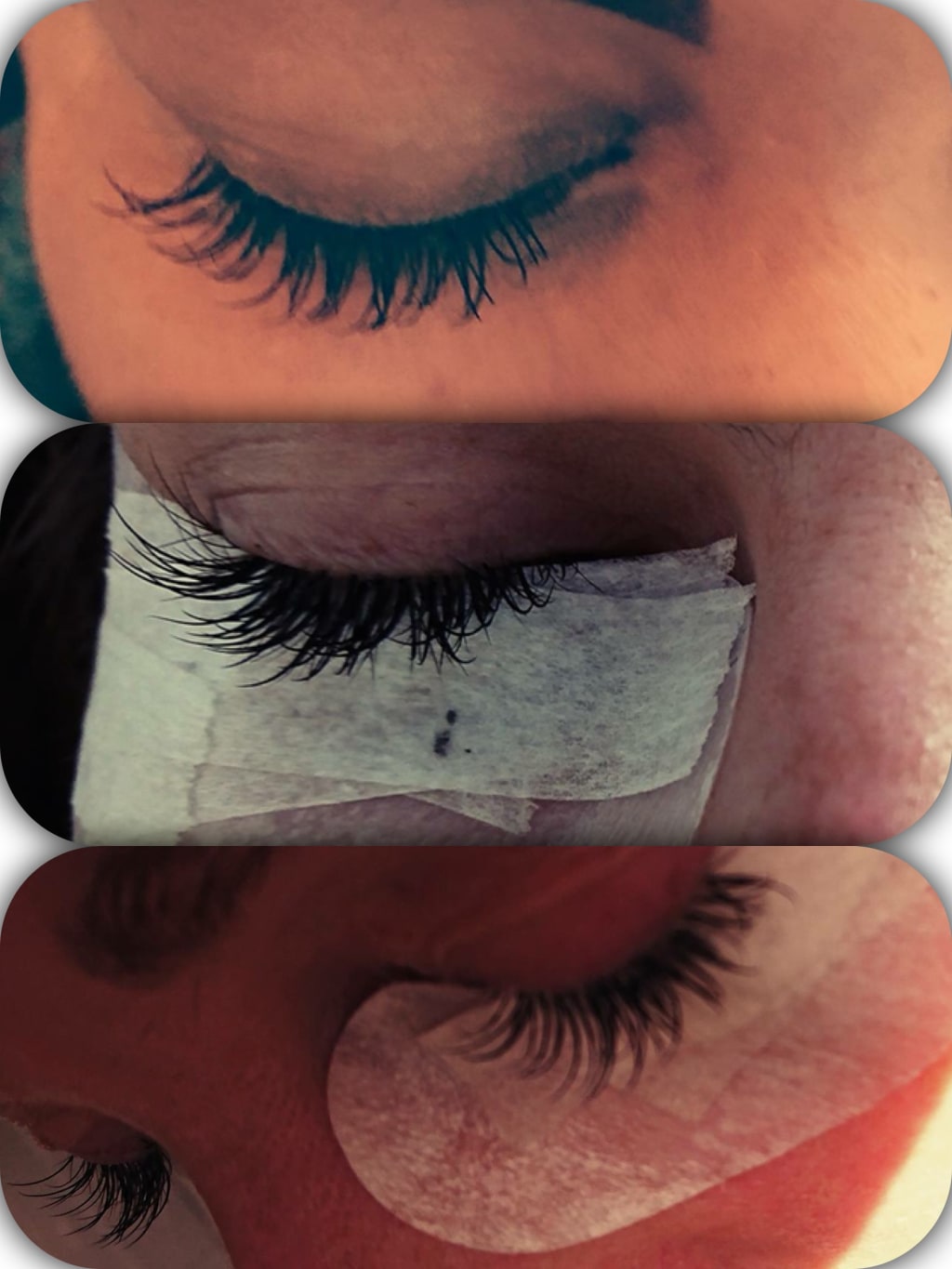Being Smart About Eyelash Extensions
Eyelash Extensions: The Good, The Bad, and The Ugly

This year, I became a self-employed eyelash and nail technician. I frequently get asked questions about how eyelashes work and how to get the most out of your extensions.
Just like in life, we all want bigger, better, bolder in absolutely everything! Whether that be the latest technology or in our own beauty regimen. The latest iPhone, real make-up brushes, hair extensions, contour kits, Fitbits and matte lipsticks—we can’t seem to get enough of the stuff that makes us feel like we "leveled up" as a human being. The latest in beauty trends keep us aiming higher and higher when achieving perfection, for either convenience or personal reasons—lashes, brows and nails are more popular than ever amongst women of all ages, and while techniques of achieving this vision of perfection are improving constantly, there are still technicians out there that are missing the basics.
Eyelash Extensions—The Good
In my salon, I have two types of individual lash extensions available: Synthetic Mink and Silk. Synthetic mink lashes are the closest you will get to your own natural lashes. They are really light and give you length and volume. They are soft and, eventually, the curl drops out. This is because of the way they bond to your natural lashes. Silk lashes are a little firmer than minks, but still super light. The curl on a silk extension is everlasting and the they give a thicker appearance. Silk lashes give more of a false lash look.
The bonding process is very important to the longevity of your lash extensions—I always use a premium medical grade semi-permanent adhesive, specially formulated for lash extensions. A good technician will stand by their glue and be able to provide a duty sheet if asked for one. When based in the UK, adhesives that conform to BSE guidelines are all that beauty therapists are allowed to use. This stops a lot of technicians buying imitations or non BSE standard glues that may not be safe to use near your eyes. Please note—a patch test should be requested even if your technician didn’t offer one! Another important step in the bonding process is the prep! I always cleanse the lashes and prime them prior to application. This is a necessity. Eye make-up residues and oil secretion are an absolute hindrance to the adhesion of lashes. Even if you made absolutely certain there is no trace of your favourite waterproof mascara, your technician should take care to ensure there is absolutely nothing there!
The Bad
I am asked a lot why I don’t do Cluster lashes, and the answer is the same every time! Cluster lashes are no good for your natural lashes. Bonding these to your natural lashes with a semi-permanent adhesive can cause your own lashes to shed prematurely. This is known as traction alopecia and is caused when there is extra weight or strain on a hair shaft. Our lashes grow in cycles just like the rest of the hair on our body.
Anogen—Beginning of the growth cycle, where the tiny hair shaft is at its most secure within the hair follicle.
Ketogen—The hair has grown to about 70% of its full potential and the hair has begun to detach from the follicle.
Telogen—The lash is as long as it will grow and is ready to be shed from the follicle. The cycles are accelerated for eyelashes. The full cycle takes around eight weeks and this is per lash, hence why we are never bald. Not respecting these cycles can cause damage and create problems later on!
The Ugly
I have seen some really awful eyelash extensions since I went self-employed...like the worst! I have seen poor infills, gluing too close to the eyelids, matting, gaps, and some things that can cause a massive discomfort to the person wearing them. I get asked to remove bad lashes and I have to turn people away! This is why building a good relationship with your technician is important—if it all goes wrong, you need to feel confident enough to make them fix it! I will not remove lashes done by other technicians because you have no idea which glue has been used. I buy glue de-bonder that is sold by my supplier for the adhesive I use. As far as I am concerned, it’s to be used on my glue only. I’m no scientist, so I’m not qualified to mix unknown chemicals. Same goes for infilling someone else's work; I simply won’t based on using different glues. If you have any concerns about anything you get done, take it up with your technician. If they won’t deal with it, you can ask another professional for advice, but don’t expect them to fix it for you. Do your homework before deciding who to go with, and pick their brains! A knowledgeable technician will be able to answer anything you need to know.
Be safe, have fun 🙃
—Kati






Comments
There are no comments for this story
Be the first to respond and start the conversation.